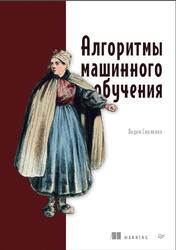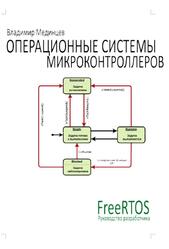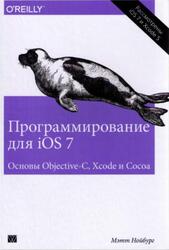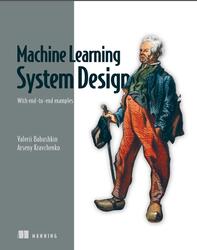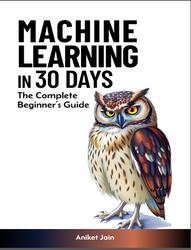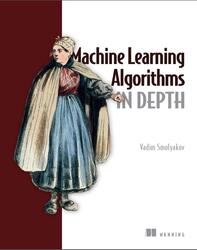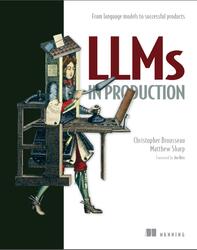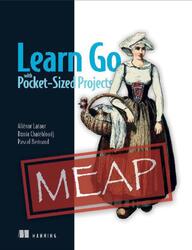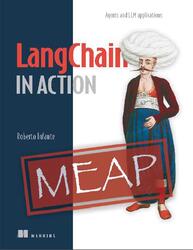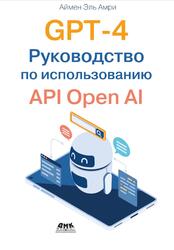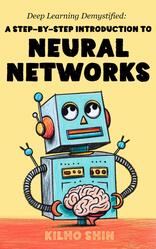OpenCV is one of the most popular computer vision libraries. If you want to start your journey in the field of computer vision, then a thorough understanding of the concepts of OpenCV is of paramount importance.
In this article, I will try to introduce the most basic and important concepts of OpenCV in an intuitive manner.
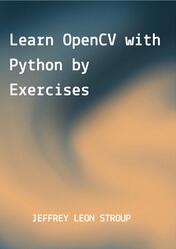
Color Spaces in OpenCV.
Color spaces are a way to represent the color channels present in the image that gives the image that particular hue. There are several different color spaces and each has its own significance. Some of the popular color spaces are RGB (Red, Green, Blue), CMYK (Cyan, Magenta, Yellow, Black), HSV (Hue, Saturation, Value), etc. BGR color space: OpenCV”s default color space is RGB. However, it actually stores color in the BGR format. It is an additive color model where the different intensities of Blue, Green and Red give different shades of color.
HSV color space: It stores color information in a cylindrical representation of RGB color points. It attempts to depict the colors as perceived by the human eye. Hue value varies from 0-179, Saturation value varies from 0-255 and Value value varies from 0-255. It is mostly used for color segmentation purpose.
CONTENTS.
About the Authors.
Table of Contents.
Learn OpenCV with Python by Exercises.
PART 1: Introduction.
Chapter 1: Introduction to OpenCV.
Chapter 2: Install OpenCV for Python on Windows.
Chapter 3: Install OpenCV for Python in Linux.
Chapter 4: Set up Opencv with anaconda environment.
PART 2: Working with Images.
Chapter 1: Reading an image in OpenCV using Python.
Chapter 2: Python OpenCV | cv2.imshow() method.
Chapter 3: Python OpenCV | cv2.imwrite() method.
Chapter 4: OpenCV | Saving an Image.
Chapter 5: Color Spaces in OpenCV.
Chapter 6: Arithmetic Operations on Images using OpenCV | Set-1 (Addition and Subtraction).
Chapter 7: Arithmetic Operations on Images using OpenCV | Set-2 (Bitwise Operations on Binary Images).
PART 3: Image Processing.
Chapter 1: Image Resizing using OpenCV.
Chapter 2: Python OpenCV | cv2.erode() method.
Chapter 3: Image blurring using OpenCV.
Chapter 4: Python OpenCV | cv2.copyMakeBorderO method.
Chapter 5: Grayscaling of Images using OpenCV.
Chapter 6: Erosion and Dilation of images using OpenCV in python.
Chapter 7: OpenCV Python Program to analyze an image using Histogram.
Chapter 8: Histograms Equalization in OpenCV.
Chapter 9: Thresholding techniques using OpenCV | Set-1 (Simple Thresholding).
Chapter 10: Thresholding techniques using OpenCV | Set-2 (Adaptive Thresholding).
Chapter 11: Thresholding techniques using OpenCV | Set-3 (Otsu Thresholding).
Chapter 12: OpenCV: Segmentation using Thresholding.
Chapter 13: Python OpenCV | cv2.cvtColorO method.
Chapter 14: Filter Color with OpenCV.
Chapter 5: Denoising of colored images using opencv.
Chapter 6: Visualizing image in different color spaces.
Chapter 7: Find Co-ordinates of Contours using OpenCV.
Chapter 8: Image Inpainting using OpenCV.
Chapter 9: Intensity Transformation Operations on Images.
Chapter 10: Image Registration using OpenCV.
Chapter 11: Background subtraction using OpenCV.
Chapter 12: Background Subtraction in an Image using Concept of Running Average.
Chapter 13: Foreground Extraction in an Image using Grabcut Algorithm.
Chapter 14: Morphological Operations in Image Processing (Opening) | Set-1.
Chapter 15: Morphological Operations in Image Processing (Closing) | Set-2.
Chapter 16: Morphological Operations in Image Processing (Gradient) | Set-3.
Chapter 17: Image segmentation using Morphological operations in Python.
Chapter 18: Image Translation using OpenCV.
Chapter 19: Image Pyramid using OpenCV.
PART 4: Feature Detection and Description.
Chapter 1: Line detection in python with OpenCV | Houghline method.
Chapter 2: Circle Detection using OpenCV.
Chapter 3: Detect corner of an image using OpenCV.
Chapter 4: Corner Detection with Shi-Tomasi Corner Detection Method using OpenCV.
Chapter 5: Corner detection with Harris Corner Detection method using OpenCV.
Chapter 6: Find Circles and Ellipses in an Image using OpenCV.
Chapter 7: Document field detection using Template Matching.
Chapter 8: Smile detection using OpenCV.
PART 5: Drawing Functions Chapter 1: Python OpenCV | cv2.line() method.
Chapter 2: Python OpenCV | cv2.arrowedLine() method.
Chapter 3: Python OpenCV | cv2.ellipse() method.
Chapter 4: Python OpenCV | cv2.circle() method.
Chapter 5: Python OpenCV | cv2.rectangle() method.
Chapter 6: Python OpenCV | cv2.putText() method.
Chapter 7: Find and Draw Contours using OpenCV.
Chapter 8: Draw a triangle with centroid using OpenCV.
Chapter 9: Play a video using OpenCV.
Chapter 10: Create video using multiple images using OpenCV.
Chapter 11: Extract images from video in Python.
Бесплатно скачать электронную книгу в удобном формате, смотреть и читать:
Скачать книгу Learn OpenCV with Python by Exercise, Stroup J.L. - fileskachat.com, быстрое и бесплатное скачивание.
Скачать epub
Ниже можно купить эту книгу, если она есть в продаже, и похожие книги по лучшей цене со скидкой с доставкой по всей России.Купить книги
Скачать - epub - Яндекс.Диск.
Дата публикации:
Теги: учебник по программированию :: программирование :: Stroup
Смотрите также учебники, книги и учебные материалы:
Следующие учебники и книги:
Предыдущие статьи:

